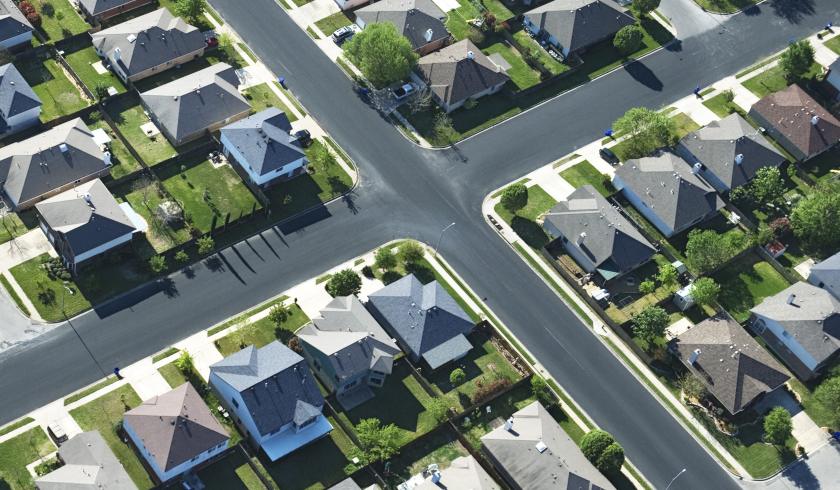Rent and mortgage payments patterns revealed for last quarter
The December quarter saw housing affordability and rental affordability worsen, with the variations depending on location.

Mortgage repayments
The December quarter 2018 edition of the Adelaide Bank/REIA Housing Affordability Report saw the proportion of family income needed to meet loan repayments increase on a national basis during the last three months of 2018, rising by 0.1 of a percentage point to 31.2 per cent.
Every state and territory aside from Victoria and the Northern Territory saw affordability worsen, with Tasmania experiencing the biggest repayment increase by 1.6 per cent to 26.3 per cent.
Following this was the ACT, rising 1.2 per cent to 20.6 per cent; then South Australia, rising by 0.9 of a percentage point to 27.5 per cent; then Western Australia, rising 0.6 of a percentage point to 23.1 per cent; Queensland, rising 0.2 of a percentage point to 28.1 per cent; and lastly Sydney, rising 0.1 of a percentage point to 36.7 per cent.
Meanwhile, the Northern Territory saw the proportion of family income to meet mortgage repayments decline by 1.5 per cent to 19.4 per cent, followed by Victoria, which declined by 0.4 per cent to 33.1 per cent.
According to Darren Kasehagen, head of third party banking at Adelaide Bank, the overall decline was seen as disappointing.
However, it is not all bad news.
“When we look at the year-on-year figures, compared to the corresponding quarter of 2017, housing affordability has improved over the past year with the proportion of income required to meet monthly loan repayments decreasing by 0.4 percentage points,” Mr Kasehagen said.
Rent payments
The proportion of income spent on rent also worsened, increasing nationally by 0.1 of a percentage point to 24 per cent. This translated to rent conditions declining the most in the Northern Territory, where the proportion of family income needed to meet rent repayments increased for the December 2018 quarter the most out of all states and territories by 1.3 per cent to 21.3 per cent.
This was followed by the ACT and Western Australia, which both increased by 0.5 of a percentage point to 18.9 per cent and 16.6 per cent, respectively, and then both South Australia and Queensland, which both increased by 0.2 of a percentage point to 22 per cent 22.1 per cent, respectively.
Conditions however improved in NSW, Victoria and Tasmania, which all saw their ‘family income needed to make rent payments’ decline by 0.2 of a percentage point each to 28.3 per cent, 23.2 per cent and 28.1 per cent, respectively.
Loans
The state of home loans, however, were surprising for Mr Kasehagen.
“We also saw an increase of 3.3 per cent nationally in the number of loans over the December quarter – which to be honest, was a bit of a surprise over a traditionally quiet period,” he said.
“Despite this quarterly increase, we are still looking at a decrease of 9.4 per cent compared with the same quarter last year.”
Along with the increase in number, the average loan size saw a decline of 1 per cent over the quarter to $395,568, which is also down by 0.9 of a percentage point year-on-year.
